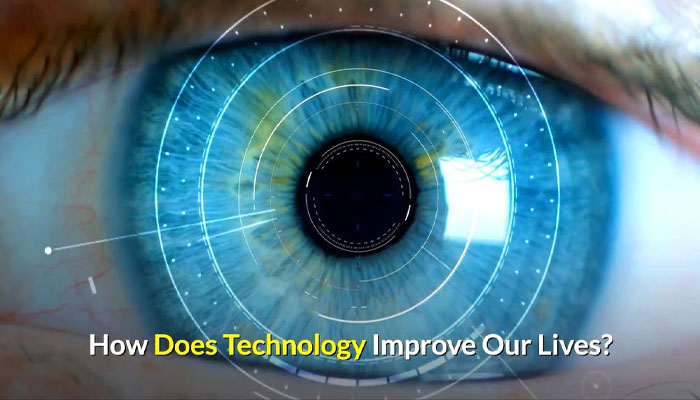How Did Technology Improve City Life?
The advent of the automobile and its associated technology transformed the face of cities around the world. Congestion, noise, air pollution, and slums were commonplace problems in early cities. Mass transportation in the form of trolleys and cable cars was developed to solve these issues. As the population grew, skyscrapers became the norm and suburbs began to pop up outside cities. However, many people were still confined to these crowded areas, and this continued to pose problems for the city’s inhabitants.
During the Gilded Age, industrialization began to spread throughout the world. In the nineteenth century, the telephone helped people communicate with one another. The development of electric lighting allowed factories to run around the clock. Public transportation also made it possible for suburbs to expand outside the city. The new technologies made these cities more livable for people and improved their quality of life. In addition, technology lowered the cost of goods and services and enabled people to travel further.
While the automobile and elevated trains revolutionized the transportation industry, public transportation provided an important alternative to private vehicles. The development of public transportation allowed cities to expand beyond their boundaries and create suburbs. Similarly, smart cities are designed to improve the quality of life of residents by analyzing data produced by the internet. The Organization for Sustainable Cities (OSC) is a nonprofit organization that measures the quality of life of urban areas. The mission of the OSC is to increase the quality of urban life by reducing environmental impact.
How Did Technology Improve City Life?
In addition to improving city life, technology has also led to many engineering developments. The invention of the telephone, the light bulb, and the Kodak camera made it possible to build skyscrapers. As more people began to move into the cities, the development of skyscrapers and railways allowed small geographical areas to continue to grow. In addition, new technologies have made it possible for rural areas to access distant markets. This has made cities easier to manage.
In the early twentieth century, technology was the first to improve city life. The telephone and the light bulb helped to make cities more accessible. The Kodak camera made it possible for people to travel to work. The first motion picture and the phonograph made cities more populated. Other technological advances led to the creation of skyscrapers and elevators. All of these developments improved city life.
In the late nineteenth century, the industrial revolution brought many innovations to cities. The first industrial revolution brought the invention of the telephone and the light bulb, which revolutionized the manufacturing industry. A few years later, the electric motor and the electricity helped the city become more efficient. With this, the cities started to develop in all directions. The era of modern age has made the world a more desirable place to live in, and we are all more connected than ever.
How Did Technology Improve City Life?
With the advent of the telephone, technology was able to make city life more convenient for many people. The development of the electric motor, the telephone, and the phonograph enabled cities to expand their markets. Moreover, public transportation, including underground lines, made it possible to travel by air, and paved roads and railroads made it easy for the city to expand. These innovations also made it possible to separate urban and rural areas, and the introduction of elevators and skyscrapers has greatly increased the standard of living for residents.
As the population of a city continues to rise, technology will continue to be a vital component of the urban landscape. It will help cities create sustainable environments and provide more economic opportunities. By combining economic prosperity with environmental sustainability, cities will benefit from a higher quality of life and more peace and safety. Besides, it will also lead to increased employment and prosperity for the inhabitants of the city. It will also decrease the need for unsanitary conditions and allow more traffic.
During the Gilded Age, the telephone, the light bulb, and the Kodak camera revolutionized city life. Improvements in public transportation, electric power, and disease control made urban areas safer and more efficient. Further, the invention of elevators and skyscrapers in urban areas created new economic opportunities. The introduction of these devices paved the way for the growth of new neighborhoods and the expansion of cities. With the use of electricity, the demand for food and fuel, these developments allowed cities to expand outward.
